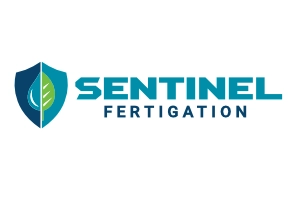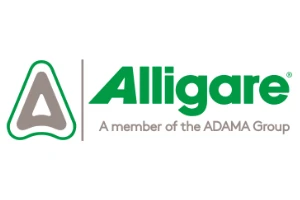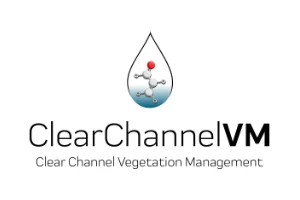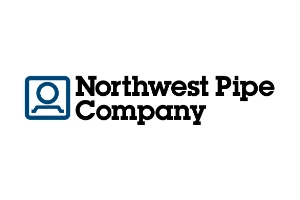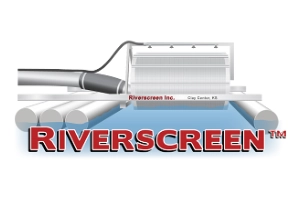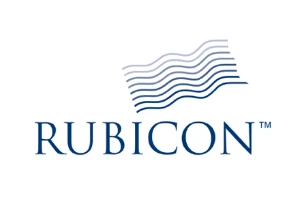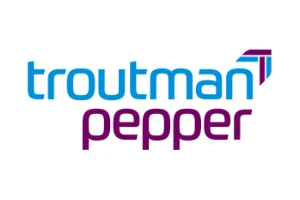Highlighting western water leaders and providing a forum for irrigators and engineers to discuss solutions and technology.
making your voice heard
What we do at Irrigation Leader Magazine
Irrigation Leader is dedicated to the men and women providing water to irrigators in the 17 western states and beyond. Our interviews with irrigation district managers and personnel; supplier representatives; and leading local, state and federal government officials distill the issues of the day and offer real-world perspectives and insight.

Comprehensive online training for irrigation district and water agency professionals
Leader’s Training equips your entire team with the practical skills and up-to-date knowledge needed to manage water resources effectively. Give your team the tools to succeed while saving time and resources.
Current Editions
Here are the latest editions of Irrigation Leader magazine. You can find previous months by selecting the desired edition under the Magazines tab or by visiting our archives here.

Volume 16 Issue 6 June
International Water Screens is a California-based, family-run business whose success rests on relationships of trust and excellent customer service. Each of its screens is custom designed…
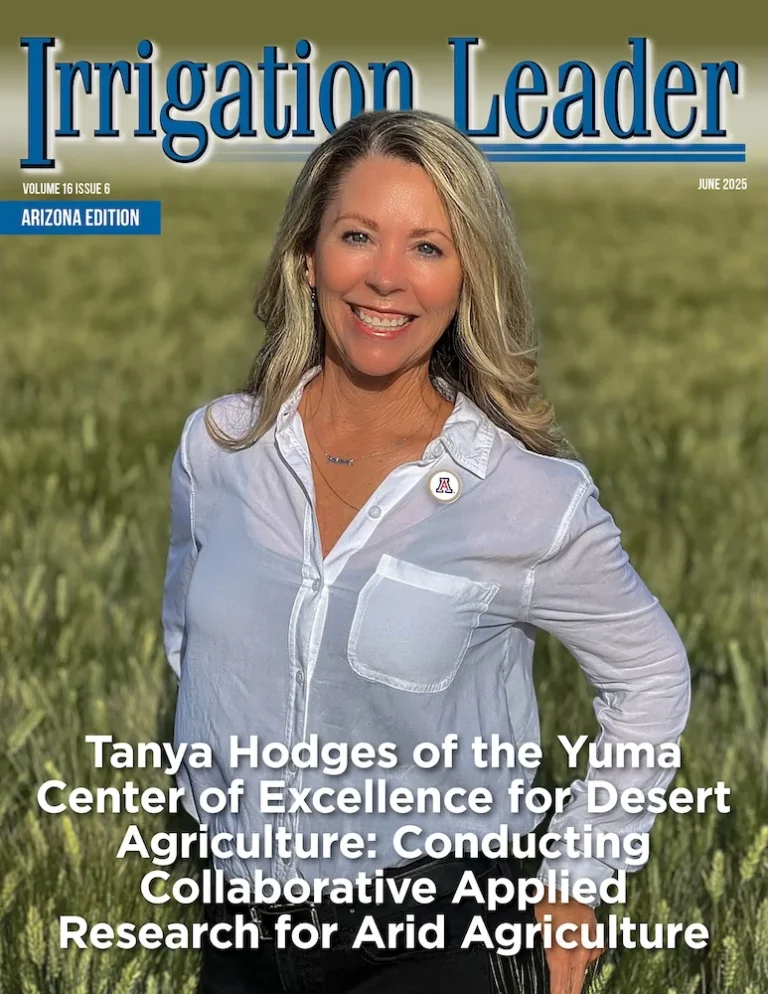
Volume 16 Issue 6 June
In this month’s cover story, we get an update on the work of the Yuma Center of Excellence for Desert Agriculture (YCEDA) from Tanya Hodges, who has just completed 1 year in the role of executive…
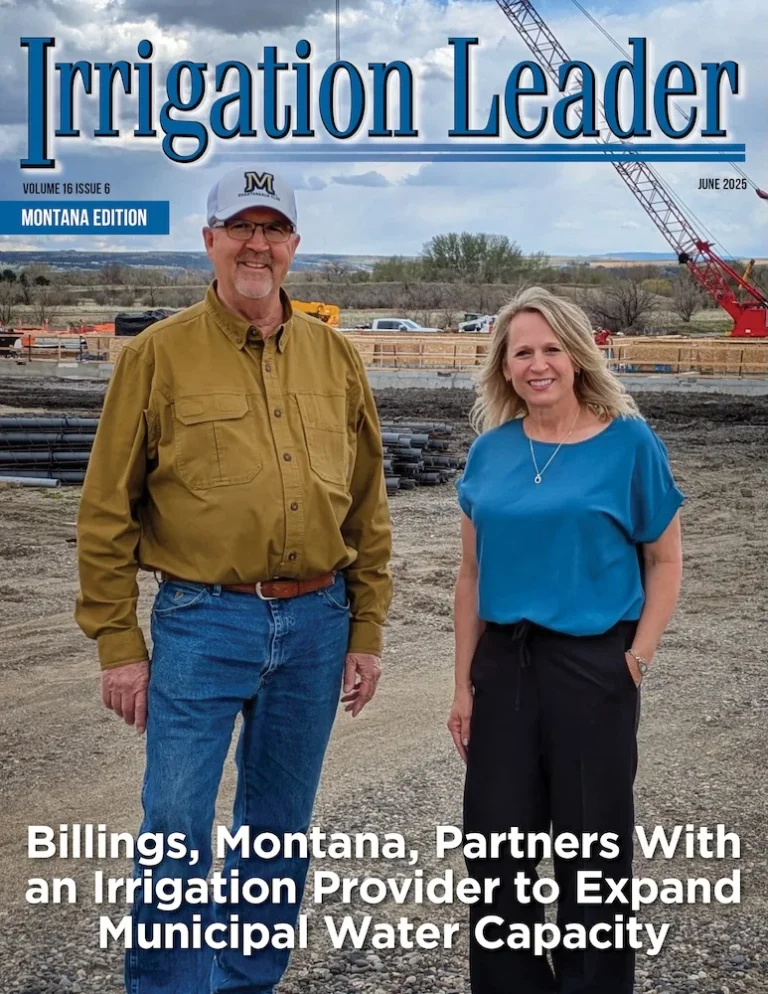
Volume 16 Issue 6 June
In our cover story this month, we hear the encouraging story of cooperation between the City of Billings, Montana, and the Billings Bench Water Association (BBWA), a long-established irrigation district.
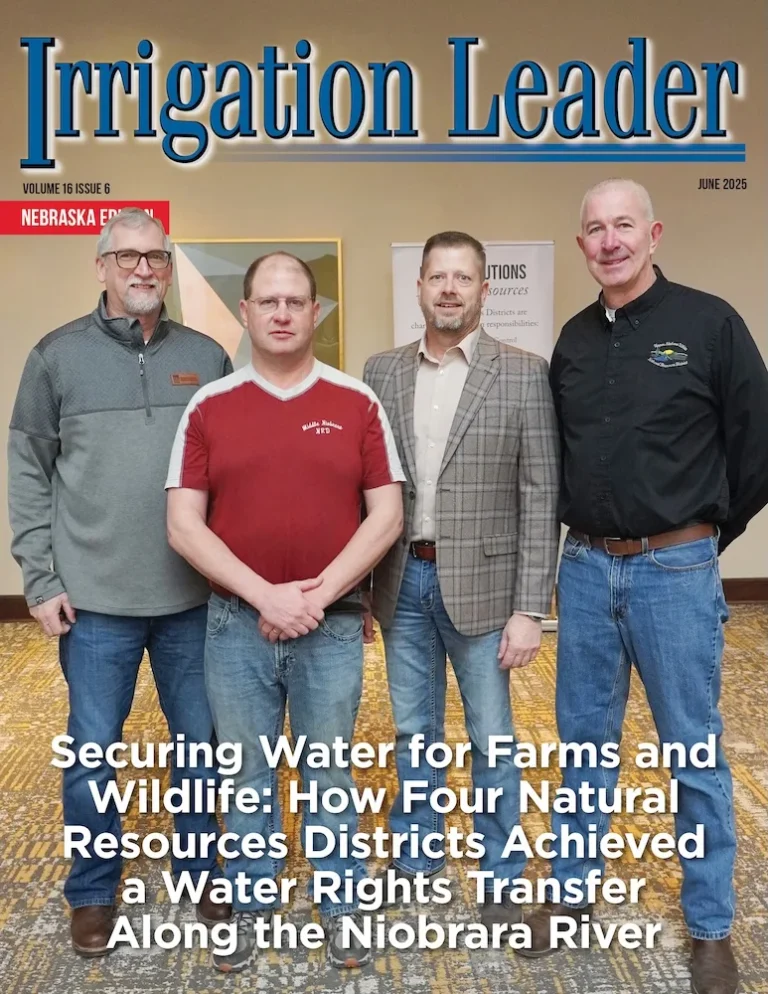
Volume 16 Issue 6 June
In our cover story this month, we hear how five natural resources districts (NRDs) teamed up to secure water rights belonging to the Nebraska Public Power District and used for hydroelectric generation, transferring…
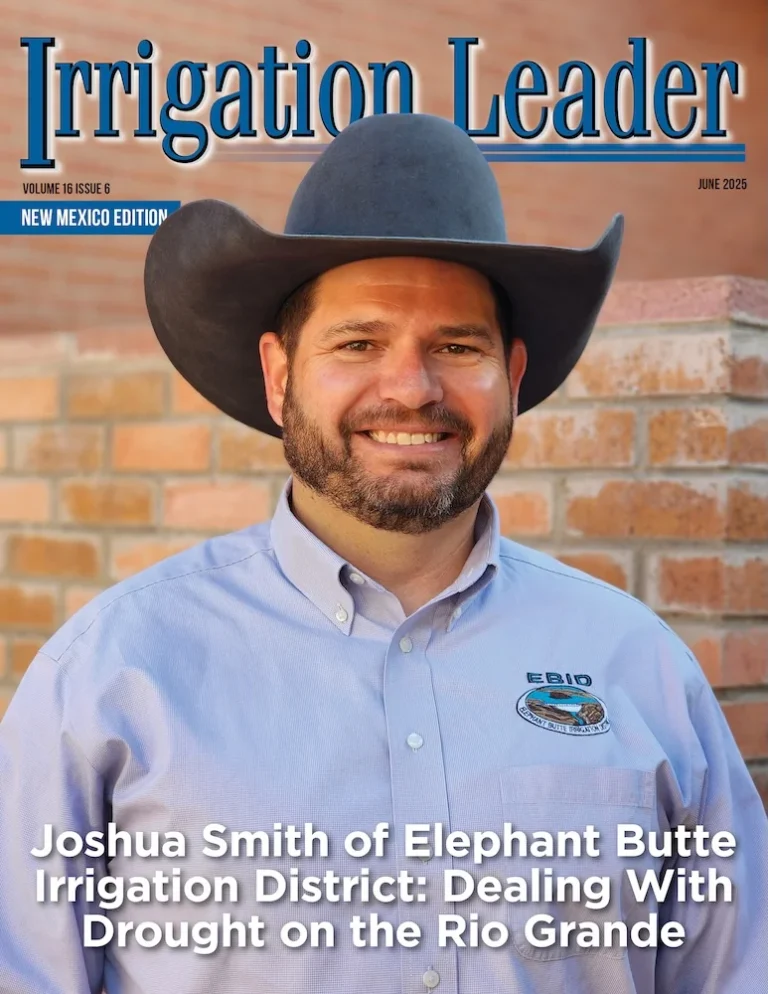
Volume 16 Issue 6 June
Joshua Smith is the new treasurer-manager of Elephant Butte Irrigation District, the century-old irrigation district that distributes Rio Grande water to 6,700 farm users across southern New Mexico.

Volume 16 Issue 6 June
Karen Williams brings a background as a farmer and extensive experience in agricultural trade groups to her new position as chief executive of Irrigation New Zealand. In our interview, we speak…

Volume 16 Issue 6 June
This month, we interview Darryll Olsen of the Columbia– Snake River Irrigators Association, which deals with litigation regulation on the Columbia and Snake Rivers and works with state agencies…
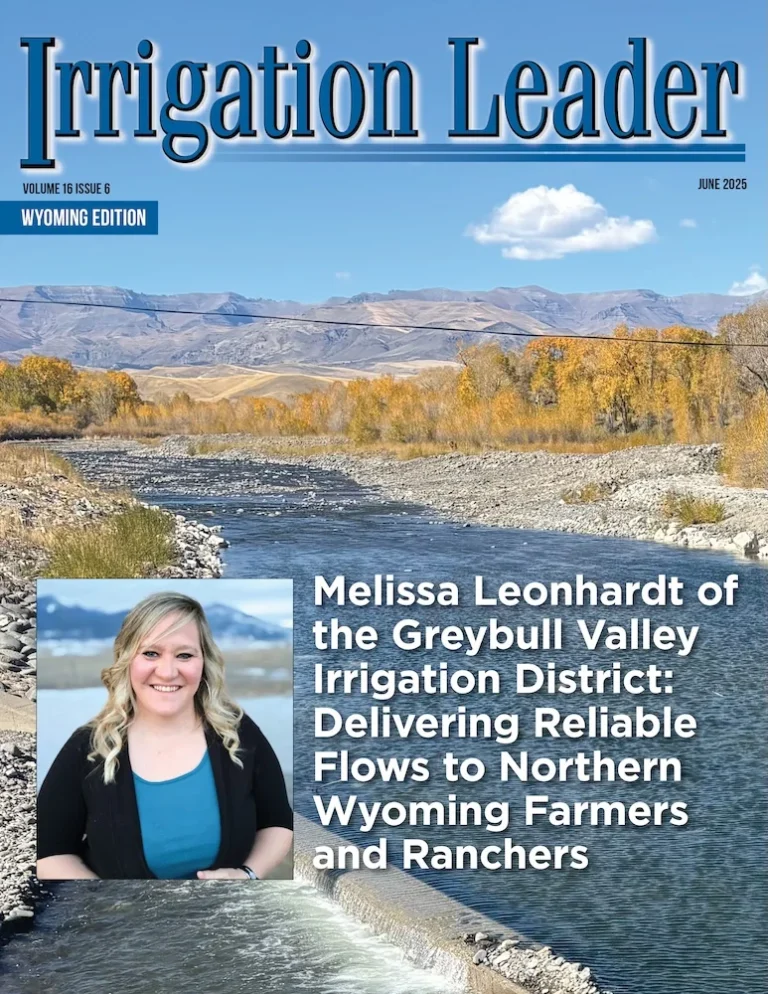
Volume 16 Issue 6 June
In its more than 100 years of history, northern Wyoming’s Greybull Valley Irrigation District has gradually added diversions, dams, reservoirs, and canals to provide reliable and stable water…
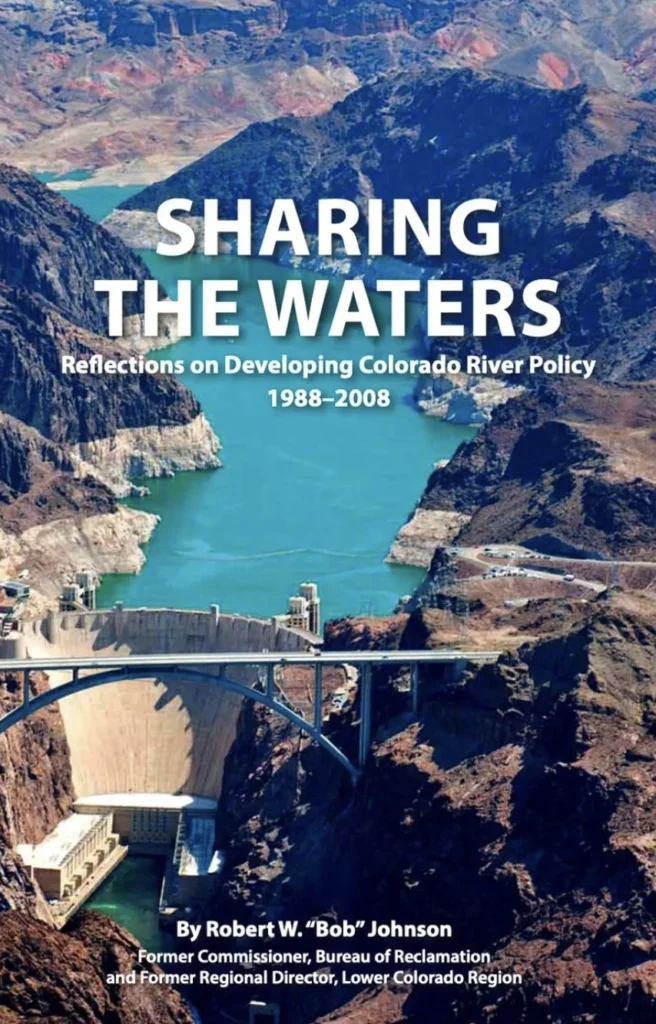
Sharing The Waters
Sharing the Waters is a book written by the late Robert W. “Bob” Johnson, a career federal water management expert who rose through the ranks of the U.S. Bureau of Reclamation to eventually serve as its commissioner.
Commissioner Johnson’s insights remind readers that despite the seemingly unprecedented challenges confronting the Colorado River and its users today, contentious matters have always been a part of their history. Yet, he makes it clear that solutions for river and its use will never occur rapidly nor can they likely ever be permanent because as circumstances evolve, so too must the law of the river.
Sharing the Waters can be obtained by making a modest donation to the Water Education Fund.
Jobs Board
Our website serves as a clearinghouse for requests for proposals and job listings published by water agencies and irrigation districts throughout the United States. We post jobs at no charge, in the Irrigation Leader, Hydro Leader, and Municipal Water Leader magazines and websites.


